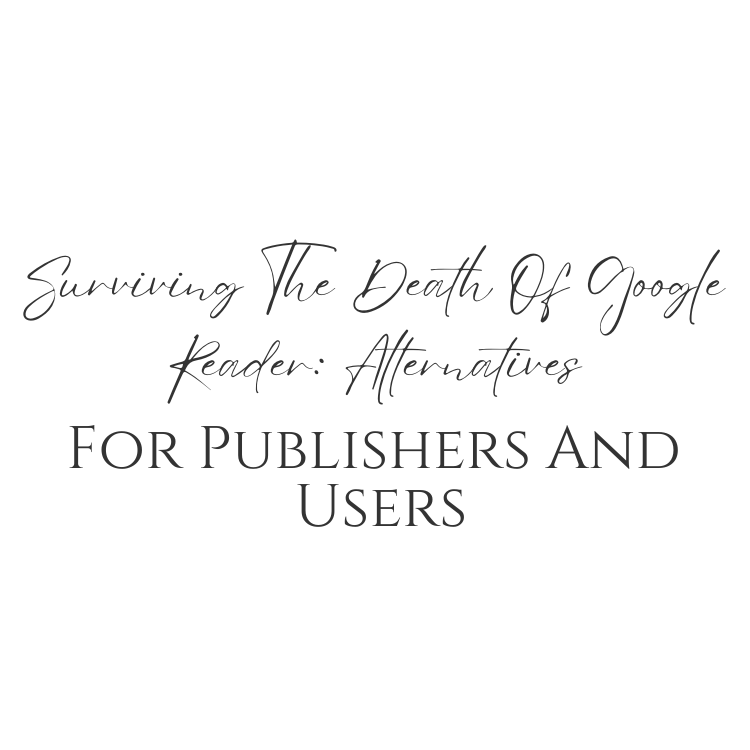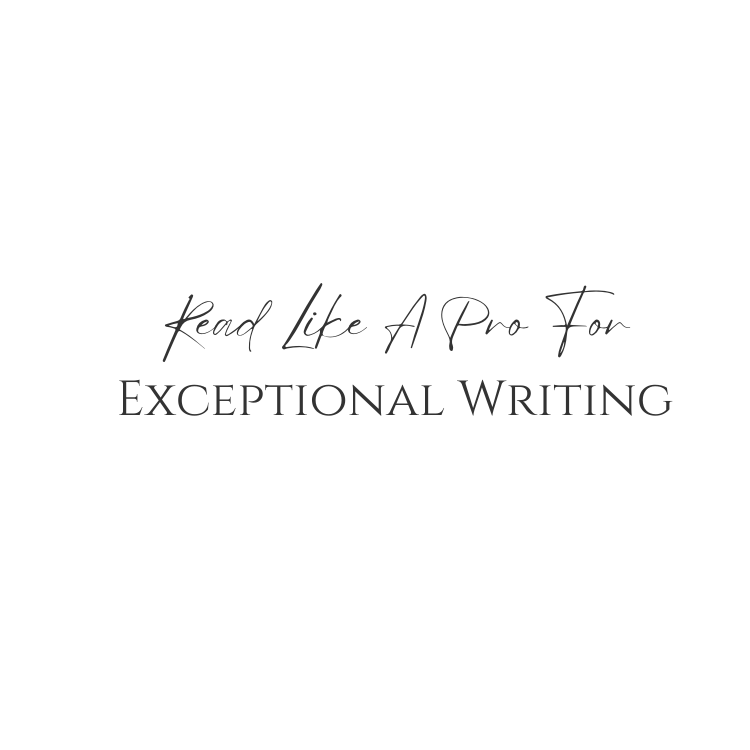Are you one of the millions of Google Reader users who are panicking over the impending shutdown of the service? As a user, you rely on Google Reader to keep up with the latest news and updates from your favorite websites and blogs.

But don’t worry, there are plenty of alternative tools available for you to use. In this article, we’ll explore the options available to you as a user, as well as the impact this change has on publishers and what they can do to ensure their audience continues to tune in.
For publishers, the shutdown of Google Reader is a major blow to their audience retention strategy. They need to find ways to ensure their readers can continue to access their content, regardless of the platform they use.
This article will also discuss the different options available to publishers, including alternate RSS readers and subscribing by email. We’ll also look at the importance of crafting a clear call to action to keep subscribers on board and ensure their content is accessible to all readers, regardless of their preferred method of consumption.
So, whether you’re a user or a publisher, we’ve got you covered with everything you need to know to survive the death of Google Reader.
Key Takeaways
- Google Reader users need to find an alternative tool to read their subscriptions.
- Publishers need to ensure their audience has a way to continue tuning in for everything they do.
- Subscribing by email tends to be more responsive and already integrated into daily habits for some readers.
- Publishers need to craft a clear, specific call to action to keep subscribers on board and find a new tool to read their subscriptions if they are Google Reader users.
Finding Alternative Tools Amid the Death of Google Reader
Now that you know Google Reader is shutting down, it’s time to start looking for alternative tools to read your subscriptions. Migrating subscriptions to a new RSS reader can be daunting, but it’s necessary to ensure you can keep up with your favorite blogs and websites.

Look for an RSS reader that offers a similar user experience to Google Reader, such as Feedly or NewsBlur. Both of these options offer easy migration options and a streamlined interface.
As a publisher, it’s essential to ensure your audience has a way to continue tuning in for everything you do. Make sure to communicate with your readers about the changes and offer alternative ways to subscribe to your content.
Consider offering an email subscription option, which tends to be more responsive and already integrated into daily habits for some readers. Whatever option you choose, make sure it provides a seamless user experience and keeps your audience engaged with your content.
Ensuring Audience Continuity
To ensure your audience continues to tune in, it’s important to find a new tool to read your subscriptions now that Google Reader is no longer an option.

One effective way of retaining subscribers is through email marketing. Subscribing by email tends to be more responsive and already integrated into daily habits for some readers. Email subscribers also tend to interact more and buy more if content supports a business.
Copyblogger offers an easy way for readers to get blog posts by email, while Aweber is recommended for delivering feeds via email. However, to retain your subscribers, it’s important to craft a clear, specific call to action in your emails.
Loss of a big chunk of audience due to a tool going away is undesirable, so make sure to communicate with your audience effectively to ensure they don’t lose interest and find an alternative tool that works well for both you and your audience.
Comparing RSS and Email
If you’re wondering which communication technology is more effective for retaining subscribers, it’s worth investigating the differences between RSS and email.
RSS is a great technology for easily accessing and organizing content from various sources, but it doesn’t work well for everyone. Some readers never embraced the day-to-day workflow of reading in an RSS reader.
On the other hand, email is a communication technology that works brilliantly for a lot of readers. Email subscribers tend to be more responsive than those who read in an RSS reader, and they often interact more if the content supports a business.
However, there are also drawbacks to using email for content consumption. Email can easily get lost in a cluttered inbox, and some users may not want to receive too many emails from a single source.
It’s important for publishers to be aware of their audience’s communication preferences and offer options for both RSS and email subscriptions. This ensures that all readers have access to the content they want in a way that works best for them.




